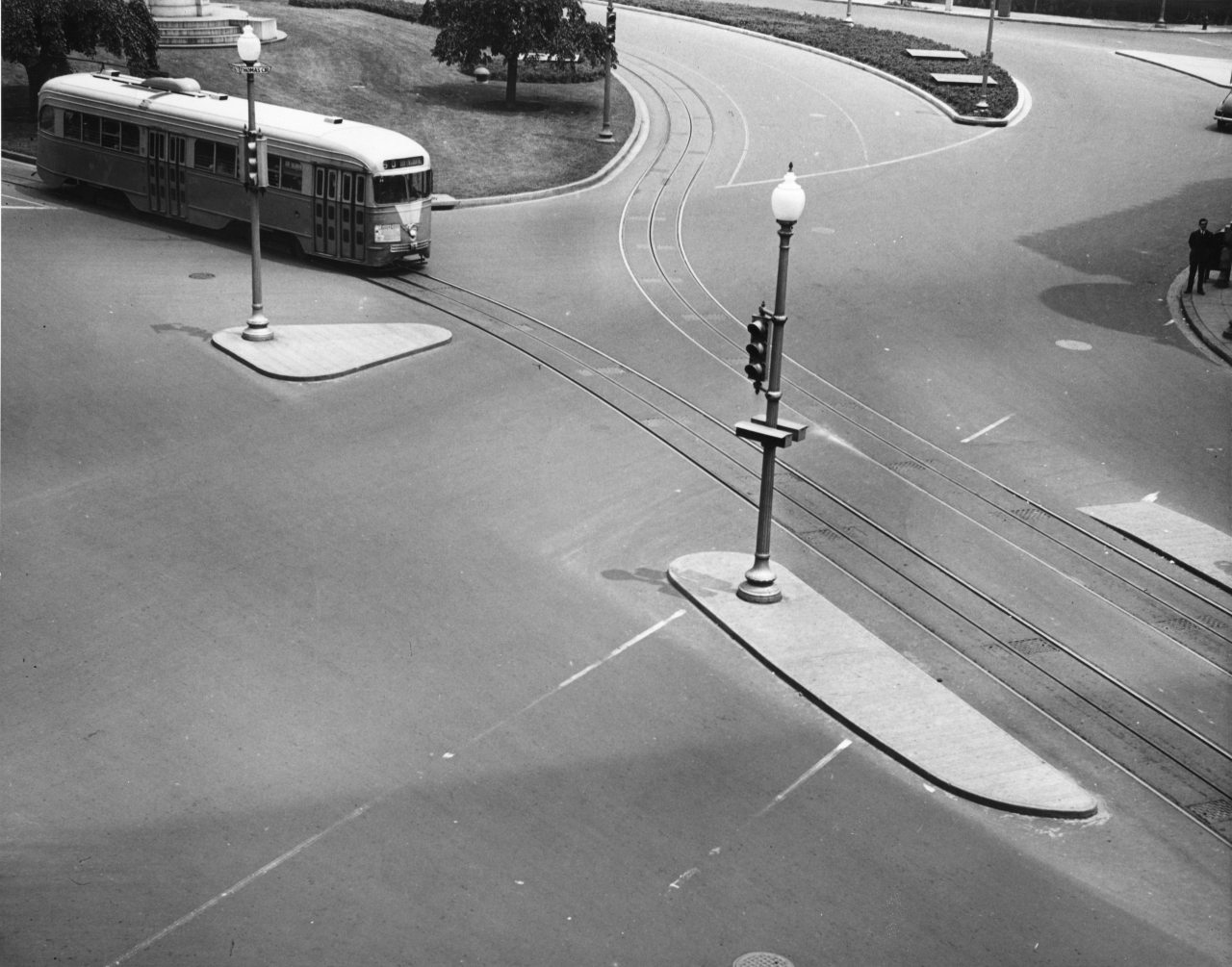I got “called out” for advocating subject based groupings of archival materials in my MARAC presentation this weekend. Fortunately, a young historian made me aware that arranging by subject has “social justice implications.” So, I’m just going to say that at parties from now on since apparently talking about the “social justice implications” of our work is what makes people popular on Twitter and with scholarship committees.
I don’t know about social justice and original order (although I guess that sounds like a promising paper topic, since people seemed to respond really well to the more, shall we say, theoretical papers on the student panel) but here’s what I do know: advertising your holdings by subject works REALLY well to generate interest in your collection. In fact, it’s probably the best thing you can do, and everyone who’s worked in the DDOT library knows that, instinctively: the historians that worked in the library on a contract basis before they started hiring degreed librarians organized a lot of our photos by project/contract number. Of course, the dirty secret of our profession is that SO much of our processing practices and workflows are fundamentally driven by the sheer volume of stuff we have to describe.
When you start digitizing your collection, you’re absolutely going to do it BY SUBJECT. Why not have your physical holdings match your Omeka website/tumblr tags? It’s what your casual researchers expect. If we’re talking about social justice, here you go: when you ditch original order, you open up broad swaths of your collection to people who simply aren’t going to use cross-referenced finding aids and lists of chronological name changes of the Ministry of Fear. Engineers are coming into my library looking for photos of the STREETCAR and BY GOD I’m going to give them a binder of streetcar photos and watch their little faces light up.
Let’s be real, when you’re processing a collection from scratch (a panel I was gonna put together for SAA 2015, but I’m saving my pennies for ALA just in case some generous division decides to sponsor me as an Emerging Leader) it’s probably not going to be in any kind of order. Most accessions are people throwing boxes at you. A lot of the contract jobs my peers coming out of school are going to get are with materials that weren’t part of an organizational scheme like the kinds provenance/respect de fonds are supposed to preserve. Sure, these things are important, but I’d argue that they have limited applications in things like personal archives (and the literature totally backs me up here). As I said, new professionals need to think outside the box when it comes to presenting ourselves as information managers, and outside of a records management or other corporate or governmental setting, these things are lofty priorities that ultimately the folks with the purse strings aren’t going to grok. Arrange the stuff in a way that makes sense to people looking at it on the shelf. (It will free you up to make more EAD finding aids, LOLOL.)
Here is the deal: none of the collections I have worked with that disregard original order are the repositories of record for their materials. It’s entirely likely that most of the materials I’ve processed at DDOT and at the District of Columbia Public Library are duplicated in either the National or DC Archives (I say “likely” because they really ought to be. And because even if they did make it there, it’s entirely possible that they haven’t been accessioned).
With that said, I think it’s extremely UNLIKELY that the DC urban renewal records I dealt with at the National Archives are in their original order. Look at the differences between these two photos, where one groups by project name and the other tries to organize by document type:
I can make a pretty educated guess about this, because I’ve seen how records are used and organized at the current incarnation of DDOT, which is effectively an offshoot of some of the agencies that made these original records.
But here’s my main point: even creating “fonds” in the conventional sense with these documents is, in a super meta sense, projecting order onto chaos, so why not make that order one people without a master’s degree can understand?
After all, it’s the socially just thing to do.*
*I’ll probably write some actual articles about DC urban renewal at some point, particularly as the second urban renewal effort gets underway in the southwest waterfront. Then, I’ll present at MARAC again about how the way yours truly organized these records facilitates access for other researchers.



